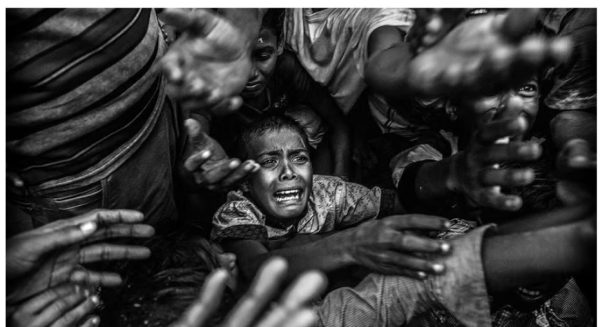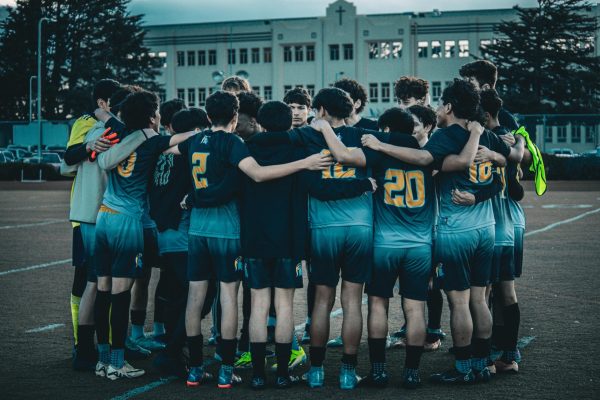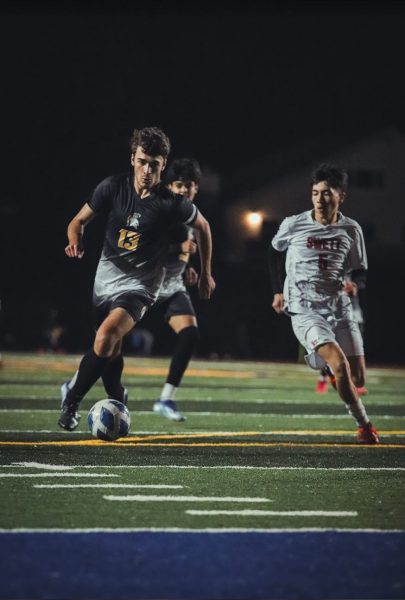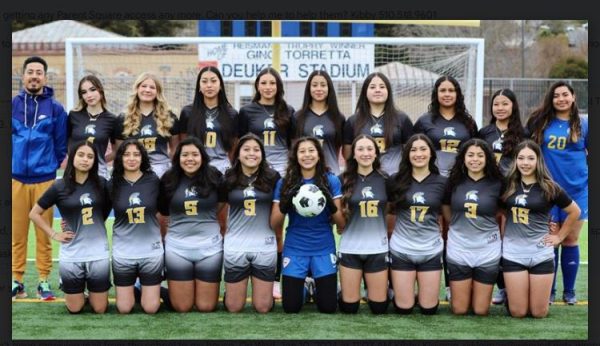The Philippine’s Mistisa Culture Needs More Inclusivity
This is another in a series of Guest Editorials written by Pinole Valley High School students.
Growing up as a Filipino child with a “mistisa-looking” mother, my melanin was very visible. I lived in a hot area and I would always be outside playing with the neighborhood kids. My mom was really pale. This is why everyone would say she’s a “mistisa” or a “tisay”: someone with a white complexion or European features. Because of how dark I looked, my mom would tell me to use “papaya soap,” which has chemicals in it to erase the melanin in the user’s skin. She said people would like me more if my skin color was lighter.
Obviously, I didn’t know what she meant because I was a child, but I still used it. On the TV I would see beauty commercials promoting skin whitening cream. I would see beautiful pale Filipina women rub it on their faces. I would see side-by-side comparisons of what happened after using the cream, which was removing the melanin on their skin to make them appear more white. I wanted to be like that. I wanted to look white so people would “like “me. I wanted to fit in with the Filipina beauty standards. Many Filipina women can relate to this story.
This is a beauty standard that dates back to colonization. Spaniards saw the native people of the Philippines as ugly and referred to them with slurs. Over the years, as they took over the land, they slowly changed the native features by reproducing with the indigenous people. This has given some people in the Philippines paler skin, a broader nose, and bigger eyes. These features, which are what someone of European descent would look like, have become the beauty standard. If you don’t look like that you are considered ugly.
Until recently, people have been trying to make themselves look like that. If they didn’t fit in with that standard, people would make fun of their looks or consider them no better than “average-looking.” People got nose jobs and used harmful chemicals like papaya soap to make themselves look whiter. It’s like the native features of the indigenous people were being overwritten by the colonizers.
There is still barely any media representation of native Filipinos. Most of the actors and actresses in the Filipino telenovelas are part white. There are many Filipino actors that don’t know how to act but are still famous just because they are pale-skinned. I believe that this standard takes away the natural beauty of being Filipino.
My friends who were born and raised in the Philippines give an interesting take on this situation. They say that the Philippines need to shift their standards of beauty to be more inclusive. No more whitening papaya soap. No more Eurocentric features being so highly regarded. No more getting shamed for being darker-skinned. Just pure acceptance of all looks no matter what color, shape, or size, unlike the standards the colonizers set for our country. I agree.









